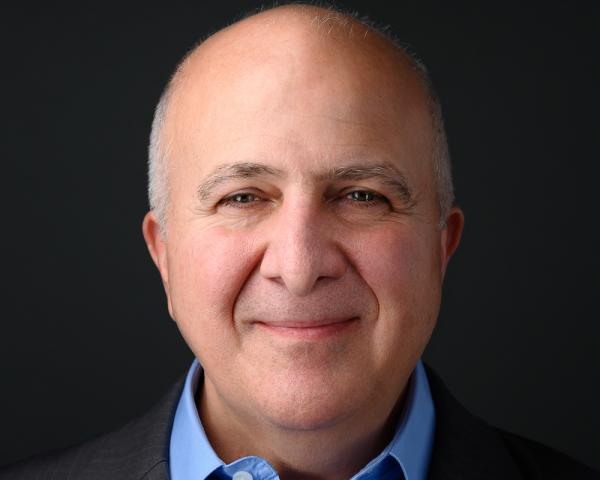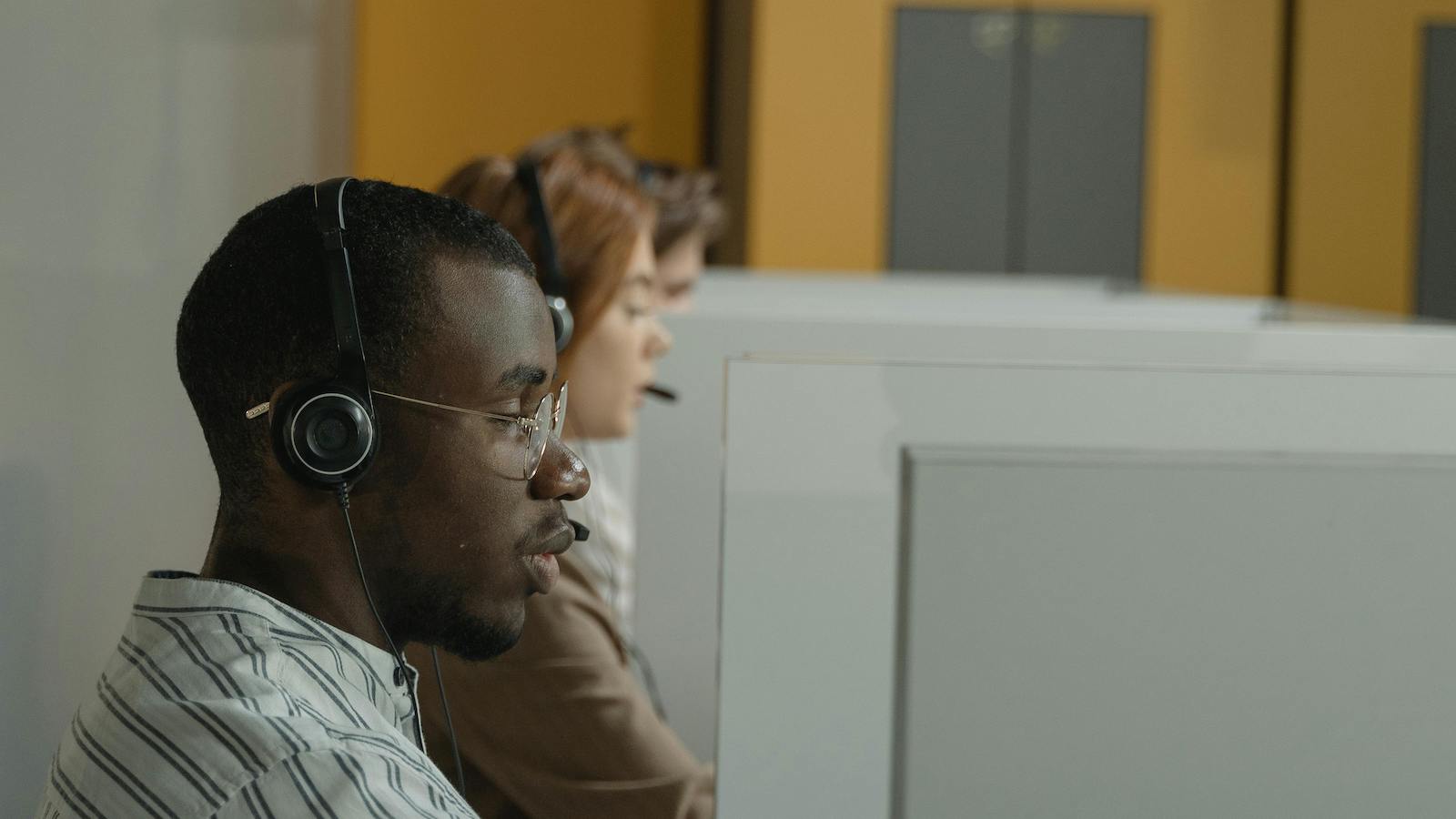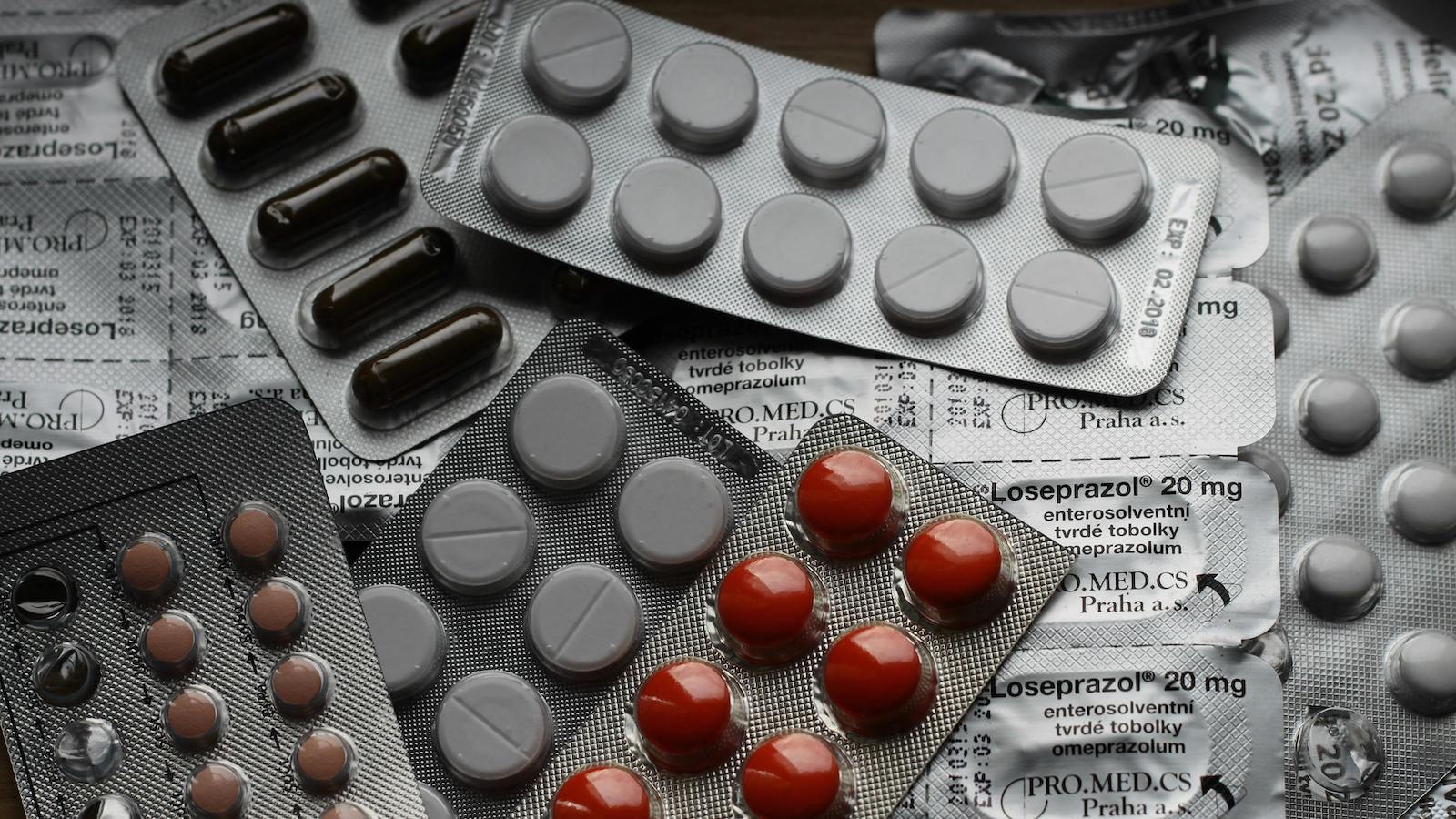Star Trek was ahead of its time in many ways, and not just because the sci-fi franchise portrayed a future several centuries after the series first aired in the 1960s. The cult classic TV show/films imagined what life might be like in the 23rd century, when humankind could be hurtling on spaceships through unknown universes. Much of the show was fantasy, of course, but the series has been heralded for foreshadowing the future. Dozens of articles have appeared on the topic, even one in the venerable Scientific American. Many tech writers have credited the show with anticipating and even inspiring the advent of myriad modern technologies, including iPads, flat-screen TVs, Bluetooth headsets, sliding doors and chatbots like Siri that can answer our questions and complete tasks.
But perhaps no technology imagined by Star Trek has enticed more international interest than the medical tricorder. The device, which resembled a clunky transistor radio on the original show, included a small, detachable scanner that Dr. McCoy, Spock or other Enterprise crew member could use to instantly diagnose health. The magical medical tricorder then pushed the patient’s clinical information to a master databank, allowing intergalactic doctors to learn more about all life to help further hone the technology. As I’m about to explain, we aren’t as far off from this scenario as you might think!
Since the tricorder’s first appearance, the device has inspired endless intrigue, spurring both techies and Trekkies to try to recreate the tool for real-life use. The technology needed to devise a modern-day tricorder, however, has long lagged behind the enthusiasm to do so. In 2014, telecom giant Qualcomm hoped to speed the science along, launching a global competition called the Qualcomm Tricorder XPRIZE and offering $10 million to anyone who could create a tricorder that diagnosed 13 medical conditions and monitored five vital signs, all independent of a physician. Qualcomm’s intent was to give people control over their healthcare—a theme of patient empowerment that you’ll see associated with many AI-enabled medical machines.
Eight international teams were selected to show off their prototype tricorders and compete for the $7 million grand prize. Although none were completely successful in meeting the competition’s demands, several came close, and the XPRIZE Foundation awarded more than $3 million to the top-scoring two teams and an additional $100,000 “Bold Epic Innovator” award to a third, donating more than $5 million of the remaining original purse to efforts in consumer testing and adaption of tricorders for hospital use in developing nations. In the four years since the conclusion of the Tricorder XPRIZE competition, the teams have met with varied success in moving their technologies from prototype to consumer-ready.
The “Bold Epic Innovator” team from Canada is arguably one of the most successful. Cloud DX had its beginnings in the aftermath of a devastating 2010 earthquake in Haiti. Physician Sonny Kohli was volunteering and realized quickly the need for a small, portable device that could help doctors diagnose patients. Just a few years later, back in Ontario, Kohli joined forces with others who would later become the Cloud DX team. Cloud DX’s tricorder, named Vitaliti, continuously monitored multiple vital signs, including blood pressure, heart rate, blood oxygen saturation and temperature.
Cloud DX today has made significant strides in tackling the problem of monitoring and diagnosing patients, inside and outside of the hospital. Its Connected Health Kit can do a lot of what its tricorder could do: monitor blood pressure, temperature, weight, glucose and blood oxygen levels. For doctors looking to keep an eye on patients who are discharged from the hospital, or in settings where hospital care is difficult to come by, the Connected Health Kit addresses many concerns. Devices like this one are an integral part of the future of healthcare. Tools like tricorders may seem like science fiction, and it’s true that we’re not (yet) able to wave a tiny device over the length of someone’s body and one second later know absolutely everything about their health. But Cloud DX and companies like it are showing us that science fiction is well on its way to becoming reality.
See also: How Digital Health, Insurtech Are Adapting
Empowering the Patient: How the Smartphone Is Transforming Medicine
Mobile health isn’t new. The practice of using personal mobile devices like smartphones with wearable sensors like watches to track and even diagnose medical conditions has been around for more than a decade. The Withings company launched its connected body scale in June 2009 and its blood pressure monitor (connected to the iPhone) in 2011, for example. And Apple made its foray into tracking personal fitness and health when it teamed up with Nike in 2006 with the Nike+iPod Sports Kit.
What is new, however, is the breadth of today’s technology. In the past several years, AI has advanced so rapidly that smartphone apps and their connected sensors can now accomplish feats previously inconceivable just several years ago. Using only a smartphone, you can now prevent health emergencies, diagnose clinical disorders and even treat conditions without prescription drugs.
AI isn’t the only technology driving the breakneck explosion of mobile medicine either. AI-enabled software is only as good as the data it relies on to make medical predictions. Today, software companies have more data than they’ve ever had before, thanks to millions of users worldwide who’ve been tracking their heart rate, steps, sleep and other biometrics, knowingly or not, for years. This ever-expanding databank allows software manufacturers to hone the accuracy of their existing apps while creating software and sensors that can monitor, diagnose and treat people in other amazing, new ways.
Another factor fueling the transformation of smartphone medicine is hardware, which has become more sophisticated in recent years. This hardware upgrade has given our phones the ability to process and store more data in a smaller space, making it as powerful as some supercomputers used to be. Today’s smartphone even outshines the supercomputer found on the spaceship Orion, launched by NASA in 2014 to prepare for man’s first crewed mission to Mars.
As our smartphones get smarter—and our out-of-pocket healthcare costs continue to rise—the world of medical apps has exploded. Today, there are more than 350,000 healthcare apps, and the mobile-health market is expected to approach $290 billion in revenue by 2025. It’s a fascinating contradiction: While the costs of technology continue to drop (does anyone remember how expensive the first personal computers were?), healthcare costs keep rising. It’s not really surprising that there’s a lot of interest, especially from big tech and the business world, in using the power of technology to tackle one of healthcare’s biggest challenges—cost. I believe that’s one of the reasons we’ve seen so many tech companies enter the healthcare and life sciences industries; their outsider point of view is not unlike the one I had looking in at the telecom industry and imagining how GPS could be used in a whole new way. The industry is revolutionizing not only how we look at medicine but also the power we hold in our hands to take care of our own health.
Think about it for a moment. If you could own an app that could diagnose you with the same accuracy as your primary care provider, you’d have the virtual equivalent of an on-call physician with you at all times who could help streamline your care in real life. Earache? Let the AI-enabled app, maybe combined with access to a telehealth provider, distinguish between something that needs an office visit in the next day or two, a simple prescription with advice to follow up in a week or a recommendation to head to the emergency room or urgent care right away. Without the cost or chaos of an unnecessary office or urgent visit, you’d be able to consult this virtual physician regularly without waiting to get seriously sick to realize something was wrong with you—or if you should just take an over-the-counter pain reliever and rest for the day.
Similarly, if your phone and a few connected sensors could monitor your blood pressure, cholesterol and other basic biomarkers around the clock, you’d know within seconds if something was irregular rather than waiting to reach the same conclusion after developing symptoms.
How many of us head to the dermatologist every year for a head-to-toe exam to look for signs of skin cancer? What if your phone could also scan your skin for signs of cancer or other ailments without the yearly trip, and in the comfort of your own home? And then transmit the scan to the dermatologist’s office, where it could be looked over? If things look good, you might get a letter in your electronic health record saying you’re good for another six months or a year. If the dermatologist sees something concerning, you might get a phone call instead, asking you to schedule an appointment for a follow-up in office. The setup could also be ideal for parents who are worried about a rash on their child. You’d have the ability to know what was wrong, probably in less time and at a lower cost than it takes to get an accurate diagnosis today.
In short, smartphones are democratizing medicine in ways we’ve never seen before—an idea first touted by the eminent cardiologist Dr. Eric Topol in his 2014 book The Patient Will See You Now. Since then, more of us own smartphones. Nearly four billion worldwide, including 81% of US adults, possess this portable supercomputer. Now, anyone who has a smartphone or smartwatch can potentially access quality healthcare, no matter how old they are or where they live, whether in a big city with access to excellent hospitals and specialists or in a rural area without many medical facilities or qualified physicians. We’ll still need trained doctors, of course, and there’s some level of infrastructure needed to get healthcare systems ready to receive data from our phones and digital devices, but the smartphone has become medicine’s great equalizer, making it easier for everyone to obtain top medical attention, regardless of their nationality, ethnicity, age, income level, insurance coverage or other factors that have traditionally limited quality healthcare.
This article is an excerpt from "The Future You."






